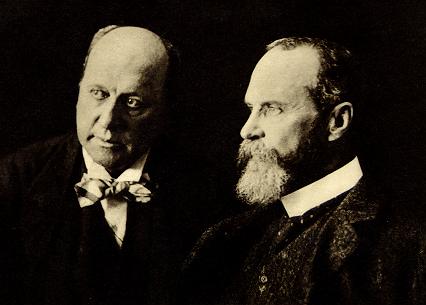"Factory Orders in the U.S. Tumble More Than Forecast (Update1)
Jan. 6 (Bloomberg) -- Orders placed with U.S. factories in November fell twice as much as forecast, signaling businesses are cutting back( PROACTIVELY. IN OTHER WORDS, A PACE FASTER THAN FALLING DEMAND. ) on investments as the recession deepens.
Demand fell 4.6 percent after a revised 6 percent decrease in October that was larger than previously estimated, the Commerce Department said today in Washington. The back-to-back decline was the biggest since records began in 1992.
Companies are likely to pare spending further as access to credit dries up and global demand slows. President-elect Barack Obama has proposed a two-year economic stimulus package, costing as much as $850 billion, with an emphasis on infrastructure projects that may give manufacturing a boost.
“Consumer-durable spending is way down as credit is more difficult to get,” said Douglas Smith, chief economist for the Americas at Standard Chartered Bank in New York, said in an interview with Bloomberg Television. “With weakness overseas, you’re also seeing fewer orders for U.S. manufactured goods.”
Factory orders were forecast to fall 2.3 percent, after a previously reported 5.1 percent drop the prior month, according to the median estimate of 60 economists surveyed by Bloomberg News. Projections ranged from declines of 0.4 percent to 6.5 percent.
Factory sales plunged 5.3 percent in November, the biggest drop on record.
Orders for durable goods, which are those meant to last at least three years and make up just less than half of total factory demand, dropped 1.5 percent. Commerce estimated the decline at 1 percent in a Dec. 24 report.
Aircraft Demand
Boeing Co., the world’s second-biggest commercial-airplane maker, said it received 7 orders for aircraft in November, down from 14 the previous month. The Chicago-based company resolved an 8-week strike on Nov. 1 by 27,000 machinists that may have weighed on that month’s orders.
Bookings for autos and parts declined 0.1 percent. U.S. automakers remain in a slump. Automakers sold 10.3 million light vehicles at an annual rate in December, capping the worst year for the industry since 1982, according to industry figures released yesterday.
Excluding transportation gear, bookings dropped for a fourth consecutive month.
Demand for capital goods excluding aircraft and military equipment, a measure of future business investment, increased 3.9 percent, less than Commerce estimated in last month’s durable goods report. Shipments of those goods, used to calculate gross domestic product, dropped 0.2 percent, wiping out the previously estimated gain.
Plunging Prices
Orders for non-durable goods plunged 7.4 percent, paced by declining demand for petroleum, chemicals and plastics that partly reflecting falling commodity costs. Orders for petroleum and coal products fell 21 percent.
The bad news probably continued last month. Factory activity contracted in December at the fastest pace since 1980, the Tempe, Arizona-based Institute for Supply Management said last week. The group’s measure for new orders reached its lowest level since record-keeping began in 1948, and prices slid the most since 1949.
Worthington Industries Inc., the largest U.S. maker of steel frames for cars and buildings, on Dec. 18 reported a second-quarter loss of $159.5 million compared with a $14.7 million profit a year earlier as the global recession sapped demand for automobiles and buildings.
The U.S. economy contracted at a 0.5 percent annual rate in the third quarter, the Commerce Department said Dec. 23. The economy is projected to shrink at a 4.3 percent annual rate, the biggest contraction since 1982, according to the median estimate of 51 economists surveyed last month by Bloomberg."
All these downturns are a Proactivity Run, meant to shed costs faster and in a larger amount than the actual sales decline. Obviously cutting back on orders is part of cutting back on costs. The intertwined action of all the variables is one reason the cutbacks are so large.






































No comments:
Post a Comment